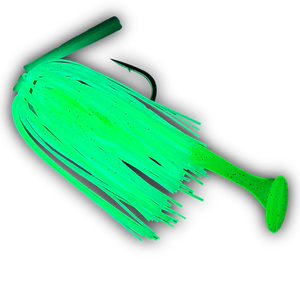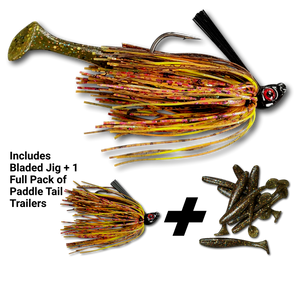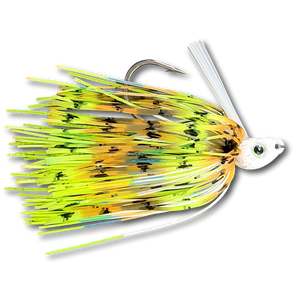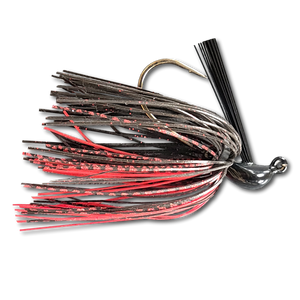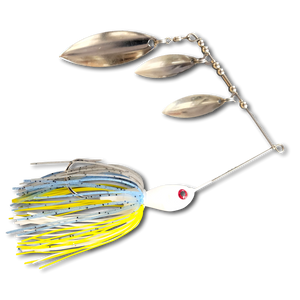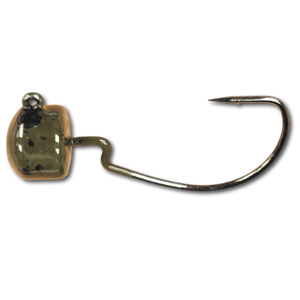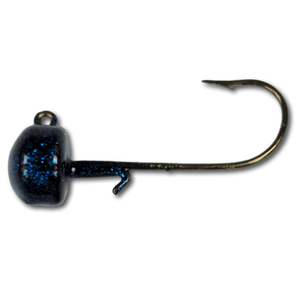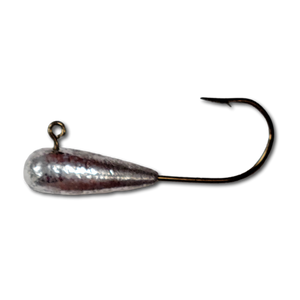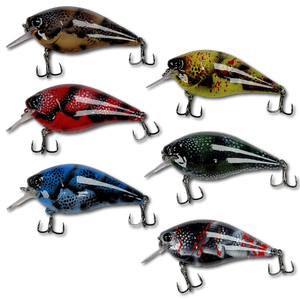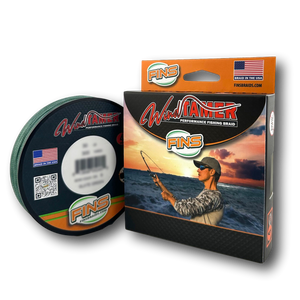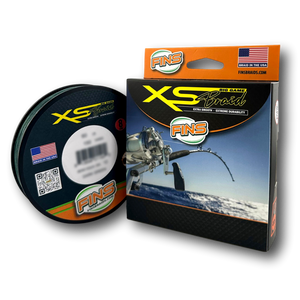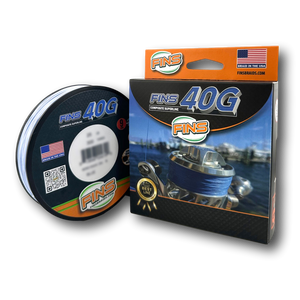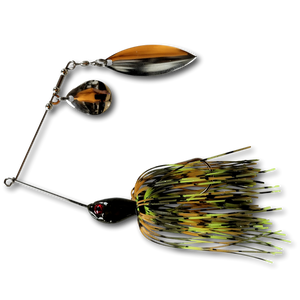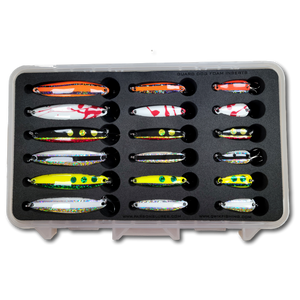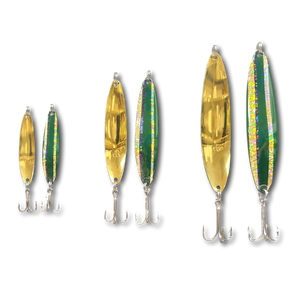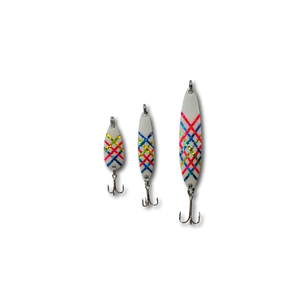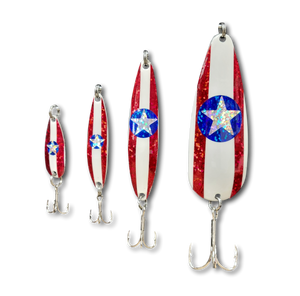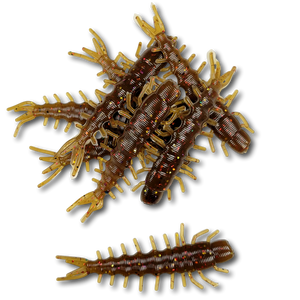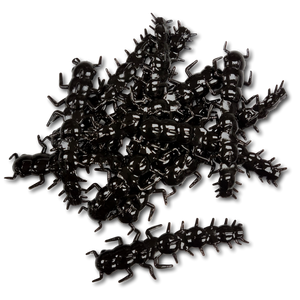Walleye and sauger are closely related species of the perch family, prized for their flavor and challenging behavior. Walleye are named for their unique, marble-like eyes that help them see in low-light conditions, giving them a predatory edge at dawn, dusk, and on cloudy days. They are often olive-green with a white belly and sport a smooth body with faint vertical bars. Sauger, their smaller cousins, have a darker, more mottled appearance with distinct black spots on their dorsal fins. While walleye prefer larger lakes and reservoirs, sauger are more often found in river systems with stronger current.
Walleye grow significantly larger than sauger, with trophy fish often exceeding 10 pounds. Sauger, on the other hand, max out around 3 to 4 pounds, but they make up for their smaller size with a strong, aggressive fight in moving water. Both fish are prized for their mild, flaky white meat, which is often considered the best-tasting freshwater fish in North America.
Walleye and sauger fishing revolves around precise presentations, as both species are notorious for their subtle, finicky bites. Live bait rigs, jigs, and trolling setups dominate the tactics used to target these fish.
Jigging is one of the most effective methods, especially when fishing near structure. A simple jig head tipped with live minnows, leeches, or soft plastics in natural colors like chartreuse, white, and green can work wonders. For vertical jigging, particularly in colder water or deeper lakes, a 1/4 to 1/2-ounce jig is ideal for maintaining bottom contact. Sauger, being more current-oriented, often respond well to heavier jigs fished near the bottom in rivers.
Live Bait Rigs, such as a Lindy rig or a slip-sinker setup, are perfect for slow-trolling or drifting. Tip the rig with a lively minnow, leech, or nightcrawler and keep it moving just off the bottom. In spring and fall, walleye and sauger hug the bottom near ledges, drop-offs, and rocky points, making these rigs an ideal choice.
Trolling is another key tactic, especially on large lakes and reservoirs where fish are scattered. Crankbaits like Rapalas, Berkley Flicker Shads, or deep-diving lures that imitate baitfish are perfect for covering large areas of water. Bottom bouncers paired with spinners and crawler harnesses are deadly during the summer when walleye feed actively in deeper water. Sauger, meanwhile, tend to favor faster-moving presentations like deep-diving crankbaits in rivers.
In murky water or low-light conditions, walleye and sauger rely on their exceptional vision, so brightly colored lures or those with added flash (like gold, orange, and chartreuse) often outshine natural hues.
Walleye and sauger can be caught year-round, but their behavior changes with the seasons.
- Spring is prime time for both species. As water temperatures warm, walleye and sauger move to shallow, rocky areas and river systems to spawn. Target shallow points, rock piles, and current seams with jigs or live bait rigs. Morning and evening hours are particularly productive.
- Summer sees walleye and sauger heading deeper, seeking cooler water and oxygen-rich areas. Trolling with bottom bouncers, crankbaits, or crawler harnesses along drop-offs and ledges is highly effective. On rivers, sauger often congregate near deep holes with slow current.
- Fall is a favorite season for walleye anglers. Fish move shallow again to feed heavily before winter. This is the time for casting crankbaits, jigging with minnows, or slow-trolling rocky shorelines. Sauger remain active in rivers, often stacking up below dams or near submerged structure.
- Winter is peak ice fishing season for walleye and sauger. Jigging spoons, small jigs tipped with minnows, and glow-in-the-dark lures are key tools. Look for fish near drop-offs, points, and underwater humps as they hold in deeper, stable waters.
Geographically, walleye dominate the northern U.S. and Canada. Famous fisheries include Lake Erie, Lake of the Woods, Devils Lake, and the Mississippi River. Sauger thrive in river systems across the Midwest and South, such as the Tennessee River, Missouri River, and smaller tributaries. Wherever you find colder, clearer waters or strong current, walleye and sauger are likely to follow.
Are Walleye and Sauger Good to Eat?
Both walleye and sauger are exceptional eating fish, often called the "filet mignon" of freshwater. Their firm, white, flaky meat has a mild, clean flavor that works beautifully in a variety of recipes. Here’s a simple recipe to bring out the best in walleye:
Parmesan-Crusted Walleye Fillets
- Ingredients:
- 4 walleye fillets
- 1 cup grated Parmesan cheese
- 1/2 cup breadcrumbs
- 1/4 cup melted butter
- 1 lemon, sliced
- Salt, pepper, and parsley
- Directions:
- Preheat the oven to 400°F. Line a baking sheet with parchment paper.
- Mix Parmesan, breadcrumbs, salt, and pepper in a bowl.
- Brush fillets with melted butter, then coat with the Parmesan mixture.
- Bake for 12-15 minutes until golden and flaky. Finish with a squeeze of lemon and fresh parsley.
Sauger fillets can be prepared similarly, or try pan-frying them for a crispy, golden finish. Both fish pair perfectly with roasted potatoes, wild rice, or a light vegetable medley.
Presentation Techniques for Success
Walleye and sauger fishing often comes down to precise presentations and maintaining bottom contact. For jigging, focus on short, sharp lifts to mimic an injured baitfish, then allow the jig to fall naturally—most bites happen on the drop. When trolling, adjust your speed to match fish activity, slowing down in cooler months and speeding up in summer.
In rivers, sauger prefer a slightly faster jigging motion, especially in current seams or deeper holes. Use heavier jigs to maintain bottom contact, and don’t be afraid to bump structure—it often triggers reaction bites. In clear water, opt for natural colors like silver, white, and brown; in stained water, go for brighter lures with added flash.
Walleye and sauger fishing is a game of patience, precision, and understanding the habits of these elusive predators. Whether you’re targeting walleye on vast northern lakes or chasing sauger in fast-moving rivers, the combination of skill and reward makes every trip worthwhile. And let’s be honest—there’s nothing better than a plate of fresh walleye at the end of a successful day. So pack your tackle box, grab a handful of jigs, and hit the water for one of freshwater fishing’s finest experiences.
Qwik Catches!










